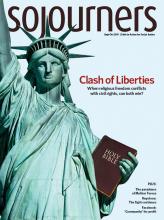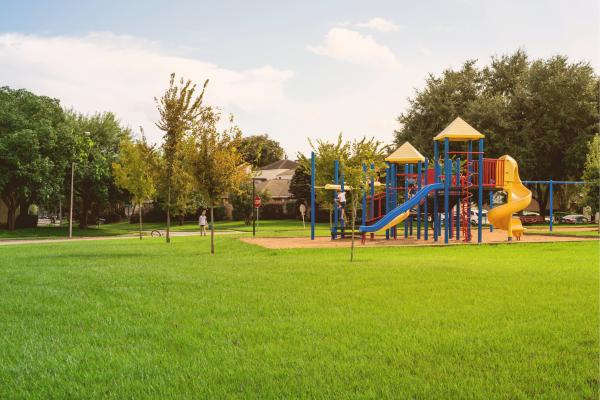IN JUNE, THE U.S. SUPREME COURT ruled in favor of a Lutheran church in Missouri seeking state funding to replace the gravel yard of its playground with a softer surface made of recycled tires. But was it a victory for religious freedom or a violation of the principles separating church and state? Sojourners associate editor Betsy Shirley interviewed Charles C. Haynes, founding director of the Religious Freedom Center of the Newseum Institute, to help sort it all out.
Sojourners: Let’s start with the basics: Where does the idea of “separation of church and state” come from?
Charles Haynes: The Establishment Clause—or, more accurately, the “no establishment clause”—is the part of the First Amendment that separates church from state, preventing the entanglement of religion and government that has been the source of repression and conflict for much of human history. But it also protects the right of religious groups and individuals to participate fully in the public square of America.
Read the Full Article

